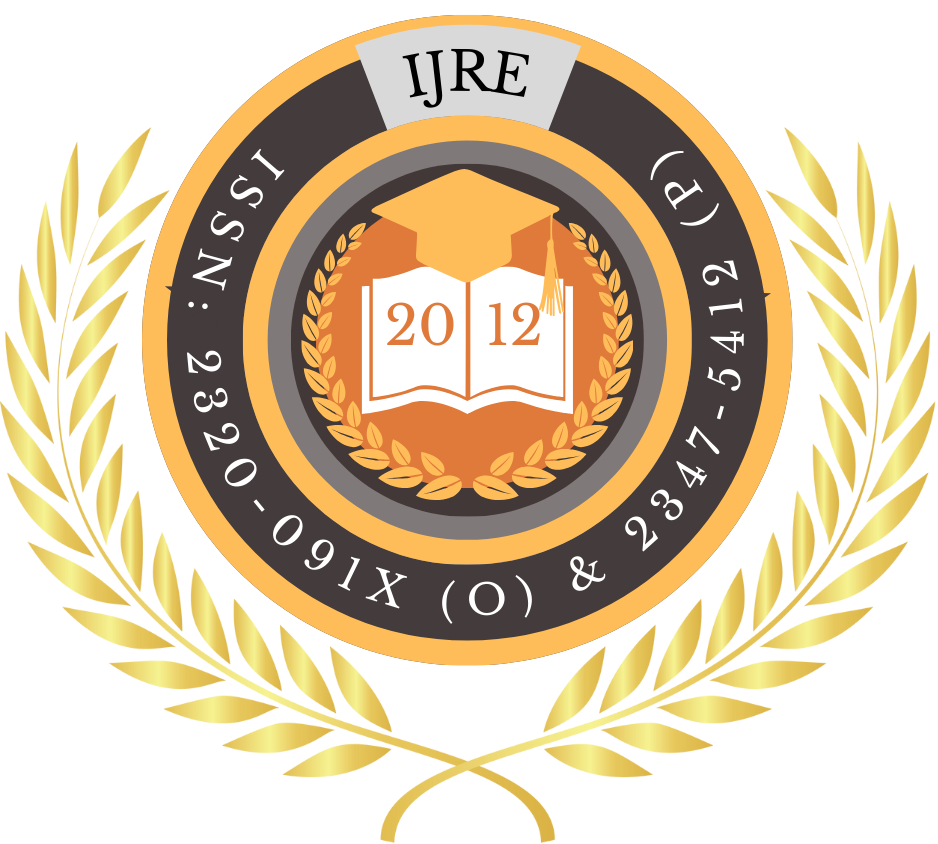![]()
Certificate: View Certificate
Published Paper PDF: View PDF
Rupali Banerjee
Independent Researcher
West Bengal, India
Abstract
Collaborative teaching models using shared digital resources represent a paradigm shift in educational practice, fostering a culture of collective professionalism, instructional coherence, and continuous improvement. At their core, these models enable multiple educators to co-design, co-deliver, and co-assess learning experiences by leveraging cloud-based repositories, interactive platforms, and data‐driven analytics. This manuscript explores the theoretical foundations and practical implementations of three primary collaborative structures—team teaching, co-teaching, and professional learning communities (PLCs)—within the context of five urban secondary schools. Employing a convergent mixed‐methods design, the study examines quantitative shifts in teacher self‐efficacy, instructional alignment, and technological fluency, as well as student achievement gains measured through standardized assessments. Qualitative insights drawn from interviews, observations, and focus groups illuminate the socio‐emotional dynamics of collaboration, the challenges of coordination and digital equity, and the critical role of leadership and policy support. Findings reveal that teachers engaged in sustained digital collaboration report marked increases in confidence, pedagogical innovation, and responsiveness to diverse learner needs; students demonstrate higher engagement and performance outcomes compared to traditional solo‐teaching scenarios. Nonetheless, barriers such as additional planning time, uneven access to infrastructure, and varying levels of digital literacy underscore the need for targeted interventions. The manuscript concludes by offering evidence‐based recommendations for practice—emphasizing robust professional development, protected collaboration time, and scalable open educational resource (OER) frameworks—and outlines avenues for future research on long‐term impacts, rural–urban comparisons, and emerging technologies (e.g., AI‐driven resource curation) that can further enhance collaborative teaching using shared digital resources.
Keywords
Collaborative Teaching, Shared Digital Resources, Team Teaching, Professional Learning Communities, Educational Technology
References
- Anderson, L., & Kumar, R. (2020). Digital equity challenges in collaborative education. Journal of Educational Technology, 18(2), 45–59.
- Brown, T., & Green, S. (2020). Cross-disciplinary co-teaching: Models and outcomes. Journal of Curriculum Studies, 52(5), 623–640.
- Chen, H., Ramirez, G., & Clark, M. (2021). Co-authoring lesson plans in the cloud: A study of teacher collaboration. International Journal of Collaborative Learning, 7(1), 23–38.
- Clark, M., Anderson, L., & Nguyen, P. (2020). Equity in shared digital resources: Addressing the gap. Educational Equity Journal, 5(1), 89–104.
- Davis, R., & Martinez, J. (2019). PLCs and the digital era: A convergent approach. Journal of Teacher Education, 70(4), 398–412.
- DuFour, R., DuFour, R., & Eaker, R. (2008). Professional learning communities at work: Best practices for enhancing student achievement. Solution Tree Press.
- Evans, K., & Lee, S. (2021). Student perceptions of co-taught classrooms. Journal of Educational Psychology, 113(2), 243–256.
- Friend, M., & Cook, L. (2010). Interactions: Collaborative skills for school professionals (6th ed.). Pearson.
- Garcia, M., & O’Donnell, L. (2020). Leadership support and teacher collaboration: A mixed-methods study. School Leadership Quarterly, 29(1), 55–72.
- Harris, P., & Chen, H. (2020). Adaptive learning in co-teaching environments. Instructional Science, 48(6), 925–945.
- Johnson, P., Lee, S., & Martinez, J. (2018). Time demands in team teaching: Balancing collaboration and workload. Educational Management Review, 12(3), 101–117.
- Kumar, R., & Patel, N. (2021). Overcoming digital literacy barriers in teacher collaboration. Journal of Digital Learning, 13(3), 150–166.
- Lee, S., Brown, T., & Davis, R. (2019). Co-teaching frameworks in secondary education. Educational Research Review, 24, 175–188.
- Lee, S., & Fitzgerald, T. (2020). Virtual labs and team teaching in STEM education. Science Education Journal, 25(4), 301–319.
- Martinez, J., & Peters, K. (2020). Professional development for digital collaboration: Beyond the basics. Teacher Education Quarterly, 47(3), 15–30.
- Nguyen, P., & Smith, A. (2020). Multimedia resource sharing and pedagogical coherence. Technology, Pedagogy and Education, 31(2), 165–180.
- O’Donnell, L., & Horn, A. (2021). Policy frameworks for sustaining teacher collaboration. Education Policy Analysis Archives, 29(56), 1–22.
- Ramirez, G., & Clark, M. (2020). Leveraging analytics in collaborative teaching environments. Learning Analytics Review, 10(2), 77–95.
- Smith, A., & Jones, B. (2019). Version control in education: Collaborative document editing. Learning Technologies Research, 14(1), 12–27.
- Vygotsky, L. S. (1978). Mind in society: The development of higher psychological processes. Harvard University Press.
- Williams, J., & Green, S. (2021). Virtual collaboration spaces for teacher teams. Computers & Education, 164, Article 104114.
